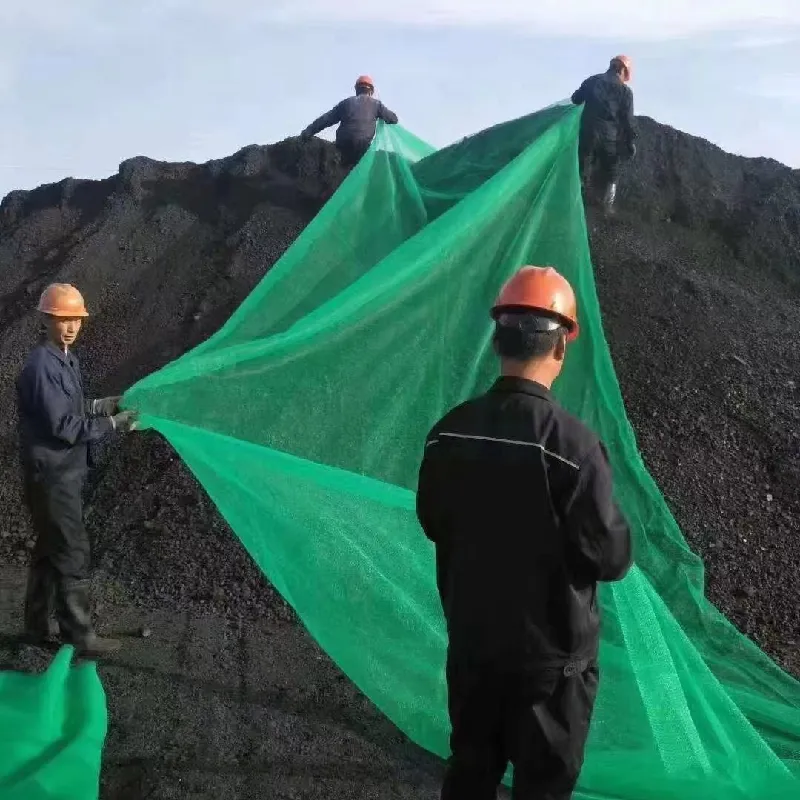-
 Afrikaans
Afrikaans -
 Albanian
Albanian -
 Amharic
Amharic -
 Arabic
Arabic -
 Armenian
Armenian -
 Azerbaijani
Azerbaijani -
 Basque
Basque -
 Belarusian
Belarusian -
 Bengali
Bengali -
 Bosnian
Bosnian -
 Bulgarian
Bulgarian -
 Catalan
Catalan -
 Cebuano
Cebuano -
 China
China -
 Corsican
Corsican -
 Croatian
Croatian -
 Czech
Czech -
 Danish
Danish -
 Dutch
Dutch -
 English
English -
 Esperanto
Esperanto -
 Estonian
Estonian -
 Finnish
Finnish -
 French
French -
 Frisian
Frisian -
 Galician
Galician -
 Georgian
Georgian -
 German
German -
 Greek
Greek -
 Gujarati
Gujarati -
 Haitian Creole
Haitian Creole -
 hausa
hausa -
 hawaiian
hawaiian -
 Hebrew
Hebrew -
 Hindi
Hindi -
 Miao
Miao -
 Hungarian
Hungarian -
 Icelandic
Icelandic -
 igbo
igbo -
 Indonesian
Indonesian -
 irish
irish -
 Italian
Italian -
 Japanese
Japanese -
 Javanese
Javanese -
 Kannada
Kannada -
 kazakh
kazakh -
 Khmer
Khmer -
 Rwandese
Rwandese -
 Korean
Korean -
 Kurdish
Kurdish -
 Kyrgyz
Kyrgyz -
 Lao
Lao -
 Latin
Latin -
 Latvian
Latvian -
 Lithuanian
Lithuanian -
 Luxembourgish
Luxembourgish -
 Macedonian
Macedonian -
 Malgashi
Malgashi -
 Malay
Malay -
 Malayalam
Malayalam -
 Maltese
Maltese -
 Maori
Maori -
 Marathi
Marathi -
 Mongolian
Mongolian -
 Myanmar
Myanmar -
 Nepali
Nepali -
 Norwegian
Norwegian -
 Norwegian
Norwegian -
 Occitan
Occitan -
 Pashto
Pashto -
 Persian
Persian -
 Polish
Polish -
 Portuguese
Portuguese -
 Punjabi
Punjabi -
 Romanian
Romanian -
 Russian
Russian -
 Samoan
Samoan -
 Scottish Gaelic
Scottish Gaelic -
 Serbian
Serbian -
 Sesotho
Sesotho -
 Shona
Shona -
 Sindhi
Sindhi -
 Sinhala
Sinhala -
 Slovak
Slovak -
 Slovenian
Slovenian -
 Somali
Somali -
 Spanish
Spanish -
 Sundanese
Sundanese -
 Swahili
Swahili -
 Swedish
Swedish -
 Tagalog
Tagalog -
 Tajik
Tajik -
 Tamil
Tamil -
 Tatar
Tatar -
 Telugu
Telugu -
 Thai
Thai -
 Turkish
Turkish -
 Turkmen
Turkmen -
 Ukrainian
Ukrainian -
 Urdu
Urdu -
 Uighur
Uighur -
 Uzbek
Uzbek -
 Vietnamese
Vietnamese -
 Welsh
Welsh -
 Bantu
Bantu -
 Yiddish
Yiddish -
 Yoruba
Yoruba -
 Zulu
Zulu
6mm steel mesh
Understanding 6mm Steel Mesh Applications and Benefits
Steel mesh, particularly 6mm steel mesh, has become an essential component in various construction and industrial applications due to its strength, versatility, and durability. This article will explore what 6mm steel mesh is, its characteristics, applications, and the advantages that make it a preferred choice in many projects.
What is 6mm Steel Mesh?
6mm steel mesh refers to a type of welded wire mesh made from high-quality steel wires with a diameter of 6mm. The wires are typically welded at regular intervals to form a grid-like structure. This mesh can come in different sizes and shapes, depending on the intended use. The spacing between the wires can also vary, allowing for customization as per specific project requirements.
Characteristics of 6mm Steel Mesh
1. Strength One of the most significant characteristics of 6mm steel mesh is its strength. The robust steel wires offer excellent load-bearing capacity, making it suitable for heavy-duty applications.
2. Durability Steel is known for its long-lasting properties, and when properly treated or coated to resist corrosion, 6mm steel mesh can withstand harsh environmental conditions, ensuring longevity.
3. Flexibility in Sizing 6mm steel mesh can be manufactured in various dimensions, allowing architects and builders to select the exact size they need for their projects.
4. Cost-Effectiveness Compared to other reinforcement materials, steel mesh is often more affordable. Its longevity translates to lower maintenance and replacement costs over time.
Applications of 6mm Steel Mesh
6mm steel mesh is widely used in several industries, notably
1. Construction In the construction industry, this mesh is commonly used for reinforcing concrete slabs, driveways, and pavements. The mesh provides stability to structures, helping to distribute weight and prevent cracking.
6mm steel mesh

2. Fencing 6mm steel mesh can be used as fencing material for security purposes, agricultural applications, and enclosures. Its robustness prevents unauthorized access and protects livestock.
3. Industrial Use In industrial settings, steel mesh is often used in flooring systems, safety barriers, and machine guards. Its strength and reliability are critical in high-traffic areas where safety is paramount.
4. Architecture Architects and designers employ 6mm steel mesh in innovative ways, such as decorative facades or as part of modern building designs, combining function with aesthetic appeal.
5. Landscaping The mesh is also used in landscaping projects to create retaining walls, garden beds, and other structures. It provides support while allowing for drainage.
Benefits of Using 6mm Steel Mesh
1. Enhanced Structural Integrity Using 6mm steel mesh helps in reinforcing and enhancing the structural integrity of various applications, thereby prolonging their lifespan.
2. Ease of Installation The mesh can be easily cut and shaped to fit specific project needs, making installation a straightforward task for builders and contractors.
3. Environmental Resistance With appropriate treatment, such as galvanization, 6mm steel mesh can resist exposure to moisture, chemicals, and other environmental factors, ensuring it remains rust-free and durable.
4. Customizable The mesh can be tailored to meet different specifications, which is particularly advantageous for specialized projects.
5. Sustainability Steel is a recyclable material, and using 6mm steel mesh promotes sustainability in construction practices.
Conclusion
6mm steel mesh represents a vital element in construction and industrial applications, offering unparalleled strength, durability, and versatility. Its wide array of uses, coupled with the benefits it provides, makes it a go-to solution for builders, engineers, and architects alike. Whether for concrete reinforcement, fencing, or innovative architectural designs, 6mm steel mesh stands out as a reliable and effective choice in the modern materials landscape. As construction continues to evolve, the importance of materials like 6mm steel mesh will only grow, supporting advancements in safety, sustainability, and design.
-
Shipping Plastic Bags for Every NeedNewsJul.24,2025
-
Safety Netting: Your Shield in ConstructionNewsJul.24,2025
-
Plastic Mesh Netting for Everyday UseNewsJul.24,2025
-
Nylon Netting for Every UseNewsJul.24,2025
-
Mesh Breeder Box for Fish TanksNewsJul.24,2025
-
Expanded Steel Mesh Offers Durable VersatilityNewsJul.24,2025











